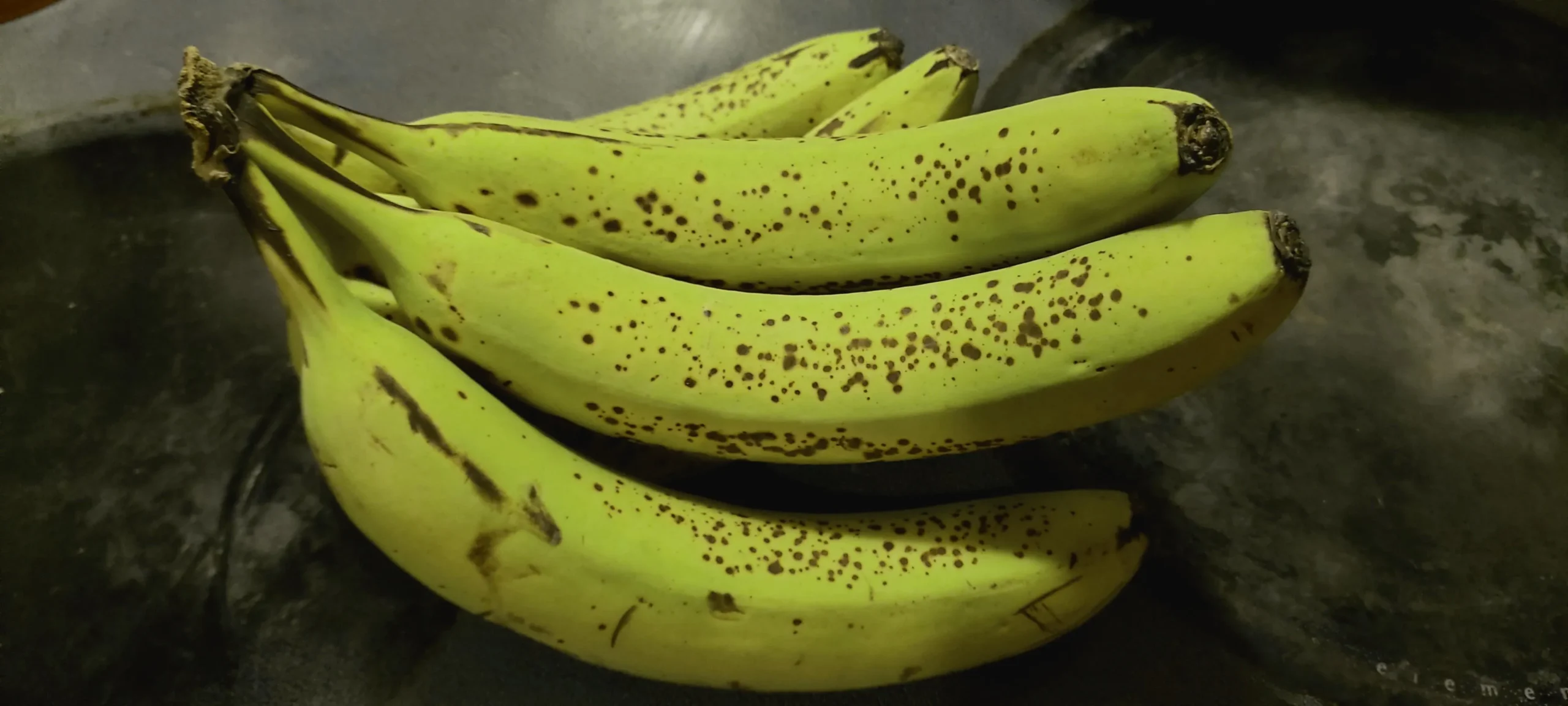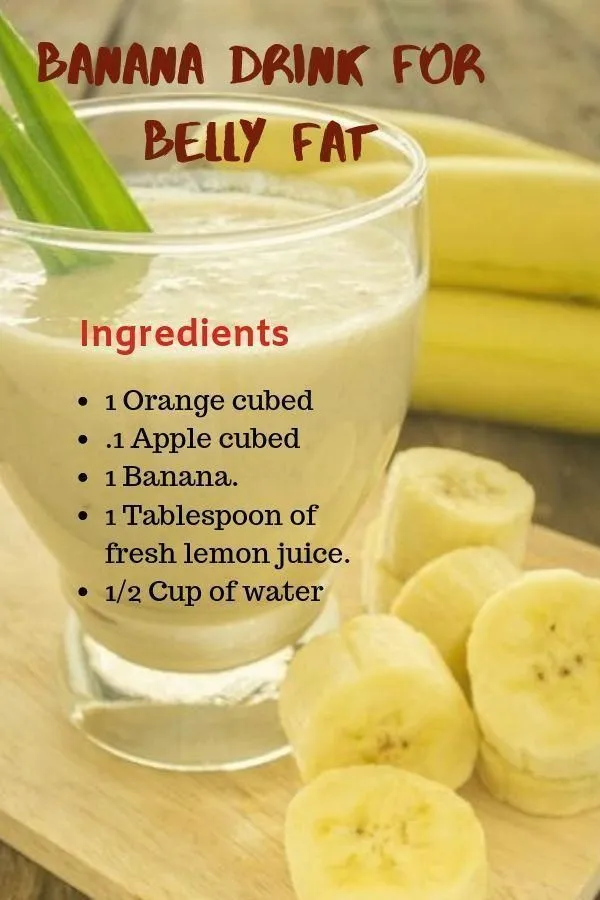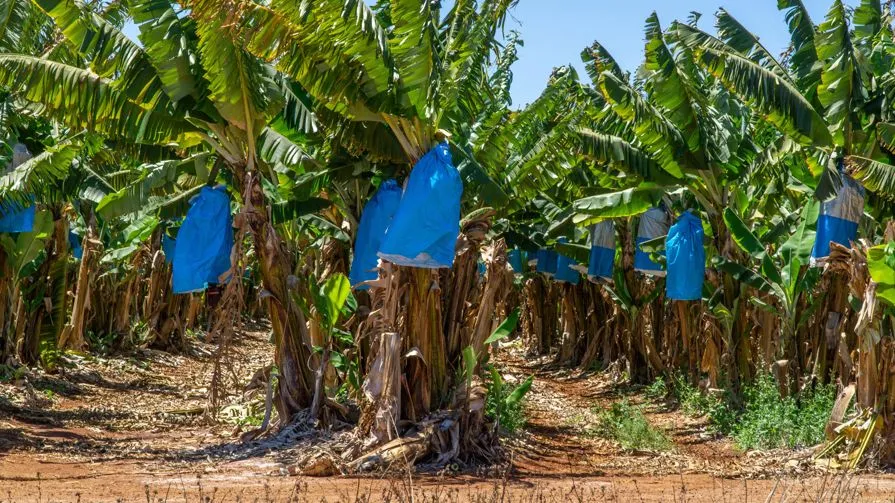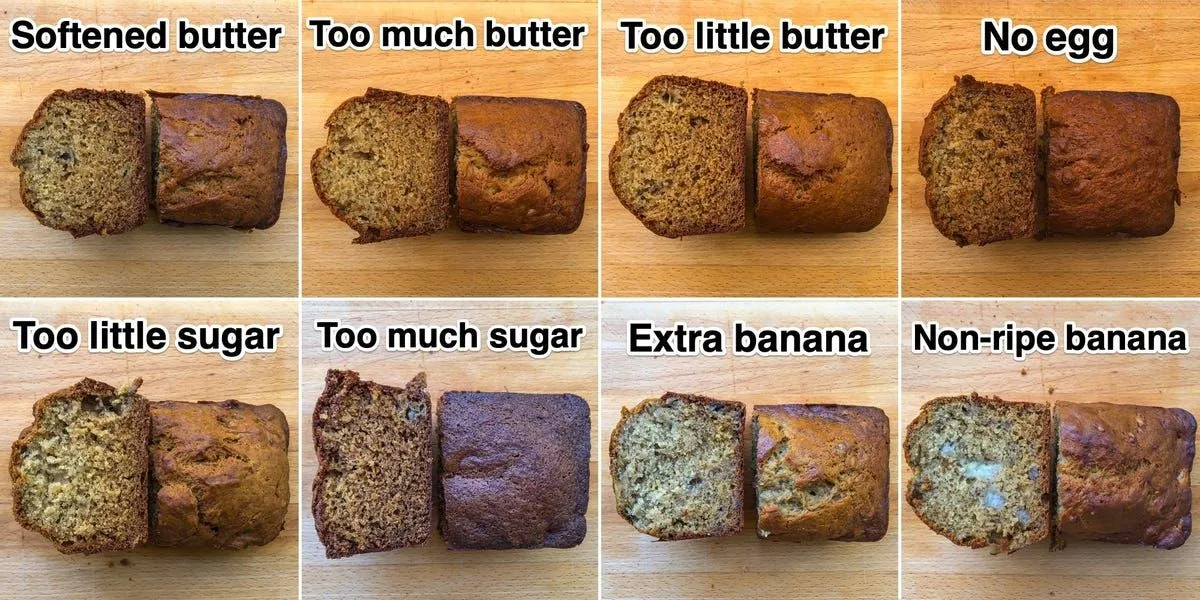Have you ever wondered why bananas turn yellow? What if bananas stay green? This interesting topic about bananas is worth exploring. In this article, we’ll delve into the reasons behind bananas turning yellow, the potential issues with bananas staying green, and possible uses for green bananas. Additionally, we’ll provide tips on how to ripen green bananas. If you’re someone looking to learn more about bananas, keep reading to discover the fascinating world of this beloved fruit.
Why do bananas turn yellow?
Bananas are a staple in many households and are loved for their sweet taste and versatility in cooking. But have you ever wondered why bananas turn yellow?
The answer lies in the ripening process of bananas. Bananas naturally produce a gas called ethylene, which initiates the ripening process. As bananas mature, they start to produce more ethylene, causing the skin to turn from green to yellow.

But it’s not just about producing ethylene. The amount of oxygen and carbon dioxide present also plays a role in how quickly bananas ripen. If there is too much oxygen, the banana will ripen too quickly and become overripe before you have a chance to enjoy it. On the other hand, if there is too little oxygen, the banana will take longer to ripen.
Interestingly enough, temperature also affects how quickly bananas turn yellow. Warmer temperatures speed up the production of ethylene gas and can cause bananas to ripen faster than cooler temperatures.
So next time you reach for a bunch of ripe yellow bananas at your local grocery store or farmer’s market, remember that it’s all thanks to ethylene gas production and careful management of oxygen levels and temperature during their growth cycle. And now that you know why they turn yellow, be sure to savor every delicious bite!
What happens if bananas remain green?
Have you ever wondered what happens if bananas stay green? It turns out that the ripening process of bananas is a delicate balance that can be disrupted by a variety of factors.
When bananas are harvested, they are typically green and unripe. As they mature, they begin to produce ethylene gas which triggers the ripening process. This process involves the breakdown of starches into sugars, which gives ripe bananas their sweet flavor and soft texture.
However, if bananas stay green for too long, they may never fully ripen or develop their characteristic flavor and texture. This can happen if the temperature is too low or if they are exposed to too much light or moisture.
In some cases, green bananas may also be intentionally kept in cold storage to extend their shelf life. While this may delay the ripening process, it can also result in a less flavorful banana.
So what can you do if your bananas stay green? One option is to try placing them in a brown paper bag with an apple or another fruit that produces ethylene gas to help speed up the ripening process. Alternatively, you could use green banana powder as a substitute for ripe ones in recipes such as smoothies or baked goods.
Overall, while it’s not ideal for bananas to stay green for extended periods of time, there are ways to salvage them and still enjoy their unique taste and nutritional benefits.
Possible reasons for bananas staying green?
Have you ever purchased a batch of bananas, only to find that they remain stubbornly green for days or even weeks? This phenomenon can be frustrating, but there are several possible explanations for why some bananas stay green longer than others.

One possible reason is the ripeness of the banana when it was harvested. Bananas that are picked before they are fully ripe may take longer to turn yellow and develop their characteristic flavor. Additionally, some varieties of bananas naturally take longer to ripen than others.
Another factor that can contribute to green bananas is storage conditions. Bananas produce a gas called ethylene as they ripen, which can cause nearby fruits to also ripen more quickly. If your bananas are stored in a cool environment or in isolation from other fruits, this process may be slowed down.
Finally, the age of the banana at the time of purchase can also play a role in how quickly it will ripen. If you purchase very young or unripe bananas from the store, it’s likely that they will stay green for several days until they have had enough time to mature.
So next time you’re wondering why your bananas won’t turn yellow, consider these factors and try adjusting your storage or purchasing habits accordingly. With a little bit of knowledge about these complex fruits, you’ll be able to enjoy perfectly ripe and delicious bananas every time!
Potential uses for green bananas?
Green bananas, often overlooked and dismissed as unripe, have potential uses beyond just waiting for them to ripen. These underappreciated fruits offer a plethora of opportunities for those looking to experiment in the kitchen.
One potential use for green bananas is making plantain chips. Green bananas can be sliced thinly and fried until crispy, resulting in a delicious and crunchy snack that’s perfect for dipping into your favorite sauce.

« The Ultimate Guide to Safely Cutting Bananas for Your Baby’s First Food
How to Make Delicious Banana Bread with Honey: Step-by-Step Recipe and Expert Tips »
Additionally, green bananas can be used in smoothies or as a substitute for starchy vegetables like potatoes. They’re also high in resistant starch, which has been shown to improve gut health and aid in weight loss.
For those looking to get creative with their cooking, green banana flour can be used as a gluten-free alternative to regular flour. It’s rich in nutrients like potassium and magnesium, making it a healthier option than traditional wheat flour.
So next time you come across some unripe bananas at the grocery store or farmer’s market, don’t dismiss them so quickly – they may just hold the key to unlocking new possibilities in your culinary adventures.
How do I ripen green bananas?
Green bananas may not be as aesthetically pleasing as their yellow counterparts, but don’t let their appearance fool you. These underripe bananas are packed with nutrients and can be just as tasty if prepared correctly.
The key to ripening green bananas is patience. While it may be tempting to speed up the process by placing them in a warm area or using ethylene gas, these methods can actually lead to uneven ripening or spoilage.
Instead, store your green bananas in a cool and dry place, away from direct sunlight. As they begin to ripen, they will release natural ethylene gas which will help accelerate the process.
To further hasten the ripening process, consider placing your green bananas in a brown paper bag with an apple or other ripe fruit. The fruits’ natural ethylene gas will create a more concentrated environment for the banana to ripen.
It’s important to note that once your green bananas have reached their desired level of ripeness (indicated by yellow skin with brown spots), they should be consumed within a few days before becoming overripe and mushy.
Incorporating ripe bananas into your diet is an easy way to add fiber, potassium and other important vitamins and minerals. So don’t shy away from those green bananas – give them some time and enjoy their nutritional benefits!
Check out our other articles to find out even more about banana.

Bananas, no matter what color they are, are endlessly fascinating. If you’ve ever wondered why bananas turn yellow or what would happen if a banana stayed green, then this article has provided some answers. From potential uses for unripened fruit to ripening techniques and the possible reasons behind an unripe banana in the first place – there’s a lot more to learn about these unique fruits! Check out our other articles to find out even more about bananas and explore their many mysteries.











